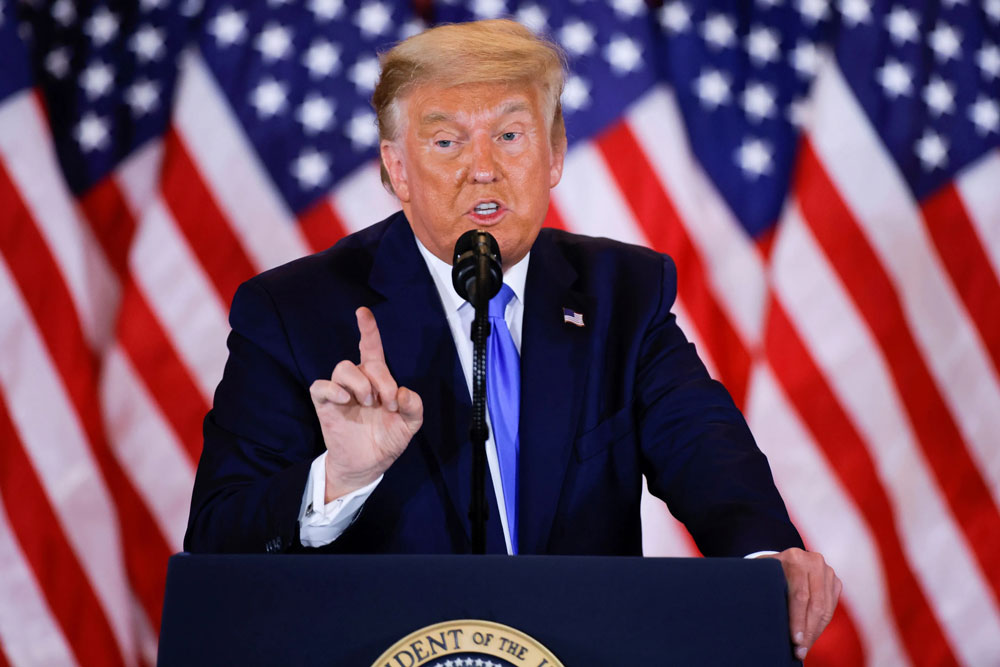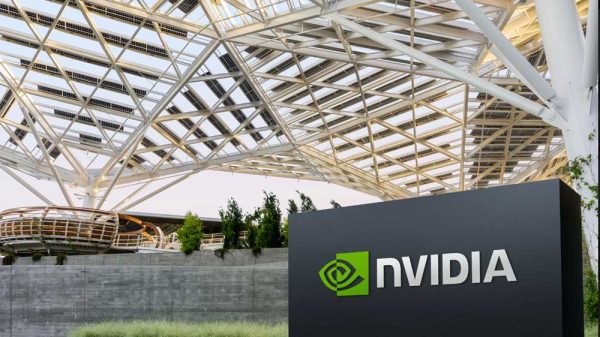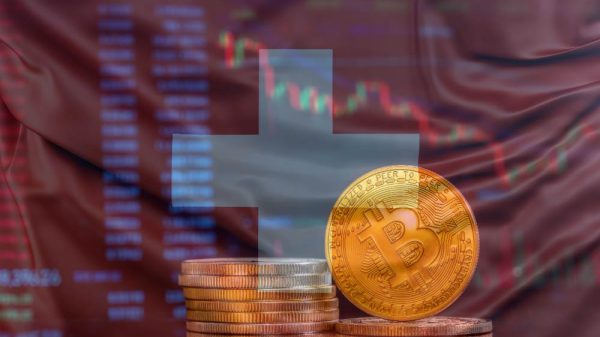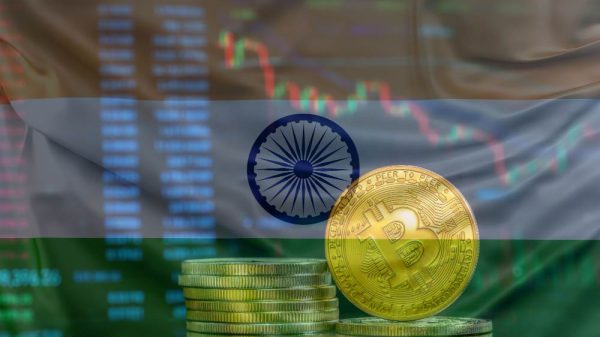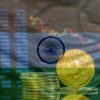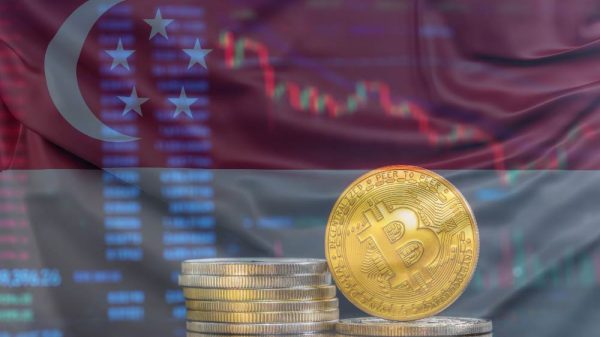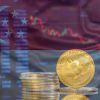U.S. President Donald Trump has shifted his attention to trade negotiations with the European Union after finalizing a landmark agreement with Japan. With only days remaining before the August 1 deadline for 30% tariffs on EU imports to the U.S., the pressure is mounting on both sides to reach a deal.
Progress in Trade Talks
Speaking during a late-night press briefing on Tuesday, Trump confirmed that discussions with EU officials are imminent. “We have Europe coming in tomorrow, and the next day, we have some other ones coming in,” he stated, without delving into specifics.
Meanwhile, the European Commission announced that Trade Commissioner Maros Sefcovic will meet U.S. Commerce Secretary Howard Lutnick on Wednesday. A spokesperson for the EU emphasized the bloc’s commitment to achieving a negotiated resolution, citing “intensive technical and political-level contact.”
The looming tariffs, which include a 30% levy on U.S.-bound imports from the EU, threaten to escalate tensions between the two economic powerhouses. In response, Brussels has prepared retaliatory measures, though these are currently on hold as negotiations continue.
Japan Deal Sparks Optimism
The recently concluded trade agreement between the U.S. and Japan has bolstered hopes for a resolution with the EU. Deutsche Bank analysts noted that the Japan deal has created a positive momentum, with experts predicting that it may influence the EU’s approach.
One key feature of the U.S.-Japan agreement is the reduction of auto tariffs to a baseline rate of 15%, down from the previous 25%. This development, according to Citi economist Katsuhiko Aiba, could set a precedent for EU negotiations, particularly as road vehicles rank among the EU’s top exports to the U.S.
The EU has long sought exemptions or reduced tariffs for key sectors, a strategy that could expedite a deal. Analysts suggest that the bloc might accept a baseline tariff in exchange for concessions on specific industries.
Implications for Global Trade
In Europe, markets responded positively to news of ongoing negotiations. The pan-European STOXX 600 index rose by 1% on Wednesday morning, with the automotive sector surging 3.5%.
However, the Trump administration’s protectionist policies have added complexity to the global trade landscape. Experts warn that these measures may deepen existing tensions between the EU and China. Beijing has expressed concerns that the U.S. could pressure the EU to adopt a tougher stance on China, further complicating trilateral trade dynamics.
European Commission President Ursula von der Leyen and European Council President Antonio Costa are currently visiting Asia, where they are expected to meet Japanese leaders and participate in an EU-China summit. Trade remains a key topic on their agenda, particularly in light of the U.S.-Japan deal.

